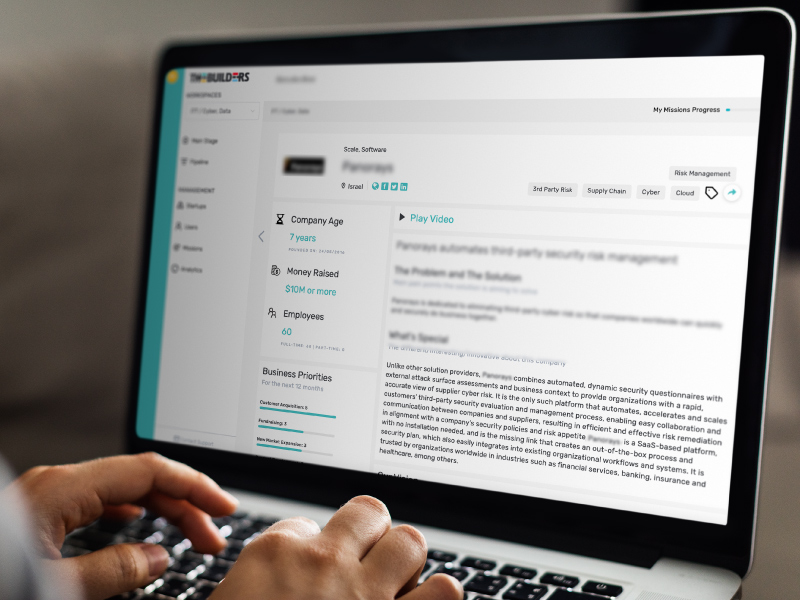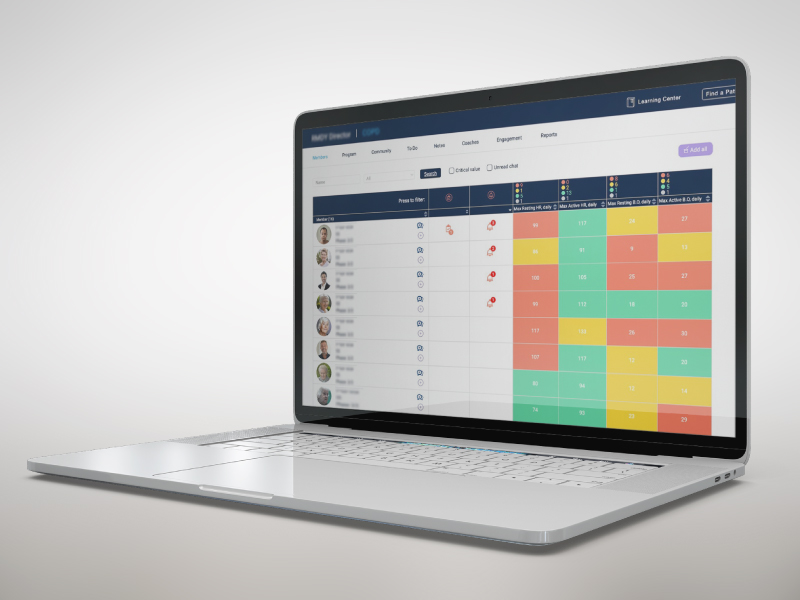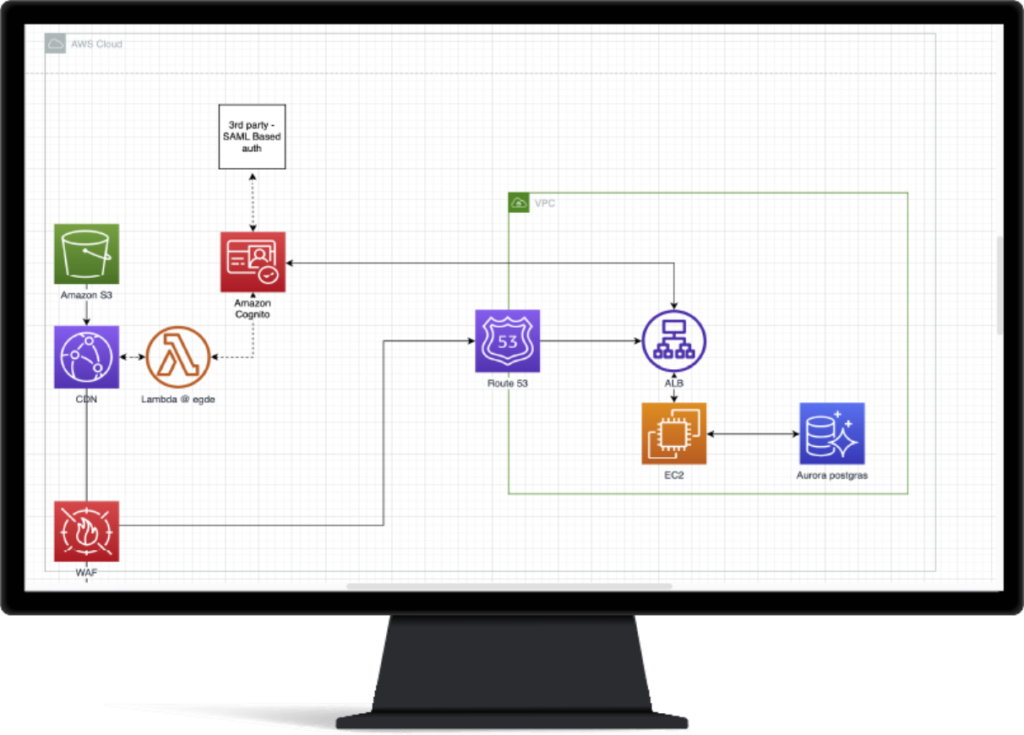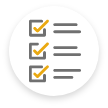At RedPanda, we believe that delivering high-quality software is paramount to the success of any project. Our Software Quality Assurance (QA) team is equipped with a comprehensive range of testing technologies and best practices to ensure your applications meet the highest standards of reliability and performance.
>>>>>>>>>>>>>>>>>>>>>>>>>>>>>>>>>>>>>>>>>>>>>>>>>>>>>>>>>>>>>>>>>>>>>>>>>>>>>>>>>>>>>>>>>>>>>>>>>>>>>>>>>>>>>>>>>>>>>>>>>>>>>>>>>>>>>>>>>>>>>>>>>>>>>>>>>>>>>>>>>>>>>>>>>>>>>>>>>>>>>>>>>>>>>>>>>>>>>>>>>>>>>>>>>>>>>>>>>>>>>>>>>>>>>>>>>>>>>>>>>>>>>>>>>>>>>>>>>>>>>>>>>>>>>>>>>>>>>>>>>>>>>>>>>>>>>>>>>>>>>>>>>>>>>>>>>>>>>>>>>>>>>>>>>>>>>>>>>>>>>>>>>>>>>>>>>>>>>>>>>>>>>>>>>>>>>>>>>>>>>>>>>>>>>>>>>>>>>>>>>>>>>>>>>>>>>>>>>>>>>>>>>>>>>>>>>>>>>>>>>>>>>>>>
Testing Frameworks
Functional testing focuses on validating that the application's features and functionalities meet the specified requirements. It includes various testing techniques such as:
- Applitools: Applitools is an advanced visual testing framework that allows us to automatically validate the visual appearance and behavior of your application across different browsers, devices, and screen sizes. It uses AI-powered visual validation to detect visual bugs, ensuring a consistent and pixel-perfect user experience.
- BrowserStack: BrowserStack is a cloud-based cross-browser testing platform that enables us to test your application on real browsers and devices. It provides a vast range of browser and device combinations, helping us ensure that your application is compatible with various environments.
- Testim.io Testim.io is an AI-driven test automation platform that enhances the efficiency and reliability of automated tests. Its AI engine automatically identifies and adapts to changes in your application's UI, reducing maintenance efforts and improving test stability.
Applitools is an advanced visual testing framework that allows us to automatically validate the visual appearance and behavior of your application across different browsers, devices, and screen sizes. It uses AI-powered visual validation to detect visual bugs, ensuring a consistent and pixel-perfect user experience.
BrowserStack is a cloud-based cross-browser testing platform that enables us to test your application on real browsers and devices. It provides a vast range of browser and device combinations, helping us ensure that your application is compatible with various environments.
Testim.io is an AI-driven test automation platform that enhances the efficiency and reliability of automated tests. Its AI engine automatically identifies and adapts to changes in your application’s UI, reducing maintenance efforts and improving test stability.
Non-Functional Testing
Non-functional testing addresses aspects of the application beyond its core functionalities. We employ various non-functional testing types, including:
- Performance Testing: Assessing the application's responsiveness, scalability, and stability under different workloads.
- Load Testing: Evaluating the application's performance under anticipated user loads to identify performance bottlenecks.
- Spike Testing: Analyzing the application's ability to handle sudden spikes in user traffic or data volume.
- Penetration Testing: Simulating real-world cyberattacks to assess the application's resilience against security threats.
Assessing the application’s responsiveness, scalability, and stability under different workloads.
Evaluating the application’s performance under anticipated user loads to identify performance bottlenecks.
Analyzing the application’s ability to handle sudden spikes in user traffic or data volume.
Simulating real-world cyberattacks to assess the application’s resilience against security threats.
Functional Testing
Functional testing focuses on validating that the application's features and functionalities meet the specified requirements. It includes various testing techniques such as:
- Unit Testing: Testing individual units or components of the application in isolation.
- Integration Testing: Verifying the interaction between multiple components to ensure they work together seamlessly.
- System Testing:Validating the application as a whole to ensure that it meets the intended functional requirements.
- Compatibility Testing: Ensuring that the application works as expected across different devices, browsers, and operating systems.
Testing individual units or components of the application in isolation.
Verifying the interaction between multiple components to ensure they work together seamlessly.
Validating the application as a whole to ensure that it meets the intended functional requirements.
Ensuring that the application works as expected across different devices, browsers, and operating systems.
Writing a test plan - "Given-When-Then"
An effective test plan is crucial for a successful QA process. To ensure clarity and consistency, we follow the "Given-When-Then" format, also known as Behavior-Driven Development (BDD), to write test cases. This format breaks down test scenarios into three parts:
- Given: The initial context or preconditions for the test scenario.
- When: The specific actions or events that occur during the test.
- Then: The expected outcomes and results of the test.
By following this structured approach, we ensure that test cases are well-defined, easy to understand, and aligned with your project requirements.
Manual Testing
While test automation is essential, we recognize that not all scenarios can be fully automated. Our experienced QA team also performs manual testing to ensure that critical aspects of your application are thoroughly validated. Manual testing allows for exploratory testing, usability assessment, and human intuition to uncover subtle defects.
Test Automation
Test automation plays a vital role in accelerating testing processes and increasing efficiency. It enables us to achieve higher test coverage while reducing manual efforts.
We utilize leading test automation frameworks and tools, such as:
A powerful framework for automating web application testing across different browsers. independently.
A next-generation front-end testing tool for building fast, reliable, and scalable automated tests for web applications. unstructured or semi-structured data.
An open-source tool for automating mobile applications on iOS and Android platforms.
- Selenium WebDriver: A powerful framework for automating web application testing across different browsers.
- Cypress: A next-generation front-end testing tool for building fast, reliable, and scalable automated tests for web applications.
- Appium: An open-source tool for automating mobile applications on iOS and Android platforms.






<<<<<<<<<<<<<<<<<<<<<<<<<<<<<<<<<<<<<<<<<<<<<<<<<<<<<<<<<<<<<<<<<<<<<<<<<<<<<<<<<<<<<<<<<<<<<<<<<<<<<<<<<<<<<<<<<<<<<<<<<<<<<<<<<<<<<<<<<<<<<<<<<<<<<<<<<<<<<<<<<<<<<<<<<<<<<<<<<<<<<<<<<<<<<<<<<<<<<<<<<<<<<<<<<<<<<<<<<<<<<<<<<<<<<<<<<<<<<<<<<<<<<<<<<<<<<<<<<<<<<<<<<<<<<<<<<<<<<<<<<<<<<<<<<<<<<<<<<<<<<<<<<<<<<<<<<<<<<<<<<<<<<<<<<<<<<<<<<<<<<<<<<<<<<<<<<<<<<<<<<<<<<







